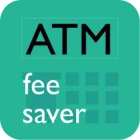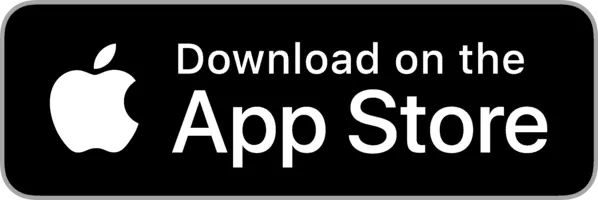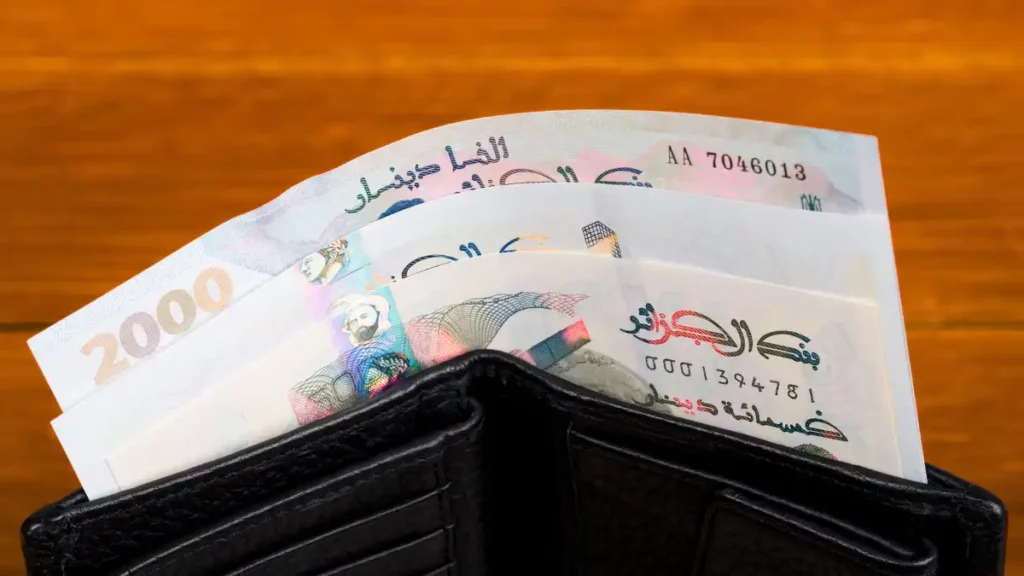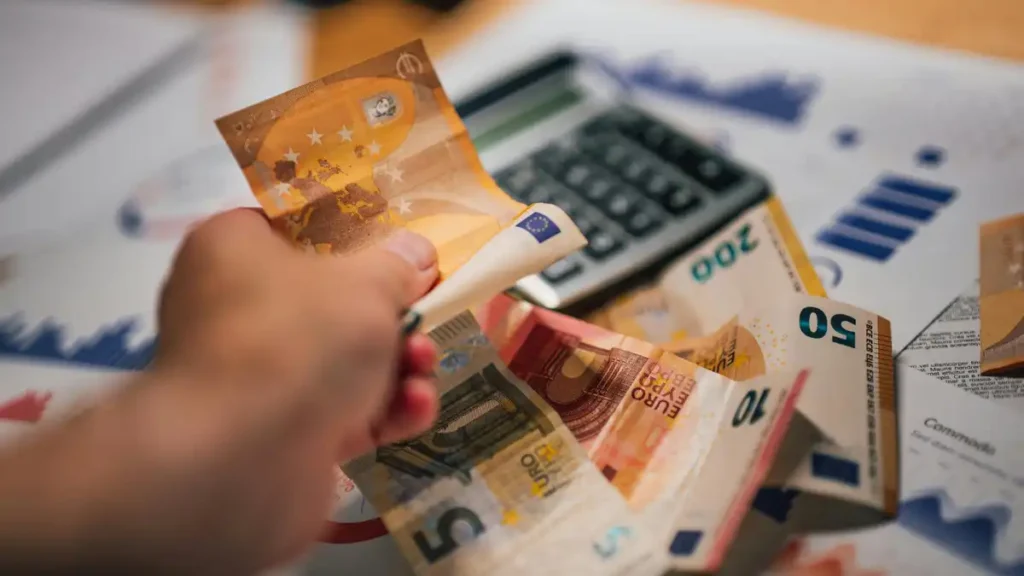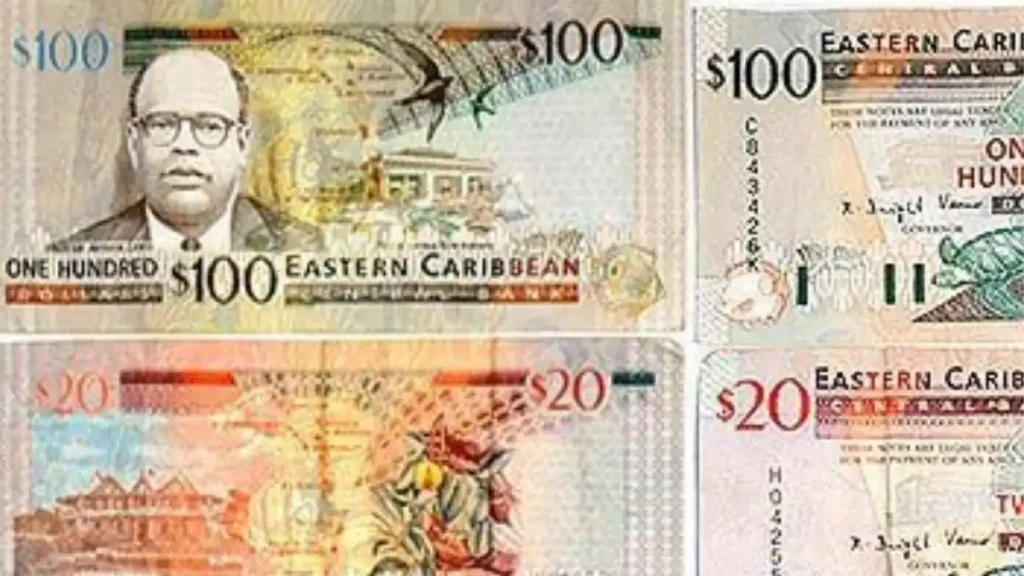From ancient temples to buzzing street life, Cambodia is a wallet-friendly destination-but only if you understand how currency in Cambodia really works. The country runs on a dual-currency system: US Dollars and Cambodian Riel (KHR) circulate side by side. Prices under $1 are often given in Riel, but most larger purchases use USD. This guide covers what to carry, how to handle change, ATM and exchange tips, and the key dos and don’ts to make your money in Cambodia stretch further and avoid confusion at checkout.
How to pay in Cambodia – cash or card?
Cash dominates. Tourists often use cash with an estimated 80-90% of transactions in cash.
You can use cash for:
- Budget hotels
- Hostels
- Local tour operators (temple tours, tuk-tuk guides)
- Tips and gratuities (expected at hotels, spas)
- Street food (found everywhere)
- Small eateries / restaurants
- Sit-down restaurants (in non-tourist areas)
- Small purchases
- Local expenses at local markets and shops
- Local buses (intercity buses often paid in cash at stations)
- Local tuk-tuks (cash preferred, even for app-based rides)
- Local taxis (cash)
- Laundry services
- Mobile SIM and phone top-up (sold everywhere)
- Nightlife / bars
You can use card for:
- 4 and 5 star hotels (Siem Reap, Phnom Penh)
- Large tour operators (Angkor Wat multi-day tours, boat trips)
- Shopping at malls (AEON Mall, etc.)
- Entry fees to Angkor complex, museums (some accept card, most prefer cash)
- Airport transport (private car transfers via hotels/apps)
- Sit-down restaurants (in tourist hubs)
- Upscale restaurants
- Online bookings for upscale hotels, flights, tours
- Spas (in hotels or mid- to high-end salons)
- Vehicle renting (motorbike or car agencies)
- Emergency medical clinics / pharmacies (in cities)
Cambodia uses both US dollars and Cambodian Riel. Cash is king, but cards are accepted in mid- to high-end establishments in major cities.
What’s the best currency to take to Cambodia?
Cambodia has two official currencies Cambodian Riel (KHR or ៛) and USD Dollar (USD or $). Note denominations in Cambodian Riel are 100, 500, 1,000, 2,000, 5,000, 10,000, 20,000, 50,000, and 100,000. Their value is is insignificantly low compared to the US Dollar, Euro or Pound.
You can use US Dollars or Cambodian Riel for any purpose. ATMs will also dispense cash in Riel mostly for foreign cards. It can happen occasionally that the exchange rate on US Dollar to Riel might be poor, so its always better to pay in Riel where possible.
So, United States Dollar is the best currency to take to Cambodia.
Where to get the local currency in Cambodia?
In Cambodia, you can get the local currency in 3 ways. These are:
ATMs, or
Currency exchange
Money transfer and local pick-up
Pro-tip: Avoid buying Cambodian Riel in your home country. It’s not a popular currency so it’ll be hard to find at home and if you do, the exchange rate will be poor.
Types of cards to swipe in Cambodia
Visa and Mastercard transactions are commonly accepted for swiping. You might also find some places that accept Amex and other cards, albeit less frequently.
Types of cards at ATMs in Cambodia
If you want to withdraw money in Cambodia, ATMs will usually accept Visa, Mastercard and UnionPay cards. Some will accept Cirrus, Plus and JCB cards. Don’t expect them to accept cards like Amex, Discover, Diners, Rupay cards.
Should I exchange money before travelling to Cambodia?
Bringing a small amount of Cambodian Riel (KHR) or USD before traveling is useful for immediate expenses. That said, Riel is rarely used for larger transactions-USD is the main currency used across Cambodia, especially for anything priced above a few dollars.
ATMs are widely available in Phnom Penh, Siem Reap, and Sihanoukville, and most dispense USD. They typically accept Visa and Mastercard, and some also support Cirrus and Plus. Always check for international withdrawal fees.
Currency exchange is not strictly necessary if you’re carrying USD in small denominations ($1, $5, $10, and $20 notes), as they are widely accepted. Local markets and tuk-tuks may return change in Riel. If you do need to exchange money, it’s best to do it at banks or currency exchange kiosks in the city. Airport exchange counters offer less favorable rates.
Card payments are accepted in mid-range to high-end hotels and some restaurants, but cash is essential for transport, local food, and shopping. Carrying a combination of cards and USD is usually sufficient.
Where to withdraw money in Cambodia
The best ATMs for foreigners to use in Cambodia are those owned by popular banks such as:
- Acleda
- Campu Bank
- Prince Bank
- Maybank
- BRED Bank
- Cathay United
- Canadia
- Vattanac
- Sathapana
There are other banks with ATMs that also accept international debit and credit cards.
Some international banks also have their ATMs in Cambodia, namely:
- Maybank
- ANZ
For a detailed guide, read Cash and ATMs in Cambodia.
Discover fee-free and low-fee ATMs on the ATM Fee Saver mobile app for iOS and Android. This app provides ATM PINs and details of leading bank ATMs such as ATM fees and withdrawal limits for foreign cardholders at ATMs in Cambodia. Moreover, its simple fee calculator helps you determine exact withdrawal charges. You can also find cash tips and tricks on the app for 160+ countries including Cambodia.
Download now from the App Store or Play Store.
Where to exchange currency in Cambodia
In Cambodia, you can exchange currency at authorised currency exchanges, banks, airports, and hotels, the most popular being authorised currency exchanges.
Cambodia’s money changers are known as “exchange kiosks” or “money changers”, and they are plentiful in cities and markets.
Key locations:
Phnom Penh: Central Market (Psar Thmei), Russian Market, and along Monivong Boulevard
Siem Reap: Around Pub Street and Old Market area
Sihanoukville: Serendipity Beach and downtown area
These outlets often offer excellent rates and are better than banks for small to medium exchanges. Many operate until late evening.
Notable exchange provider in Cambodia is Ly Hour Exchange.
Gold shops: Unique to Cambodia and some Southeast Asian countries, gold shops often offer currency exchange with excellent rates and no fees.
- Banks Offering Currency Exchange:
ACLEDA Bank
Canadia Bank
ABA Bank
Foreign Trade Bank of Cambodia (FTB)
Bank exchange counters are more formal and may require ID. Rates may be slightly lower than exchange kiosks.
💡 Tip: USD is widely used throughout Cambodia-most prices are listed in USD, and even ATMs dispense USD. Small denominations ($1s, $5s) are useful. Change below $1 is usually given in Cambodian Riel (KHR).
Pro-tips:
Stay away from airport exchanges – Poor rates
Avoid the black market – Be wary of being conned.
Include fresh notes – If your notes are damaged or dirty, you can expect to pay more or less.
Is carrying money in Cambodia safe?
It’s generally safe to carry a sensible amount of cash in Cambodia. To ensure the safety of your cash:
Some safety tips for carrying cash while travelling in Cambodia are:
Carry only the cash you need.
Do not keep all the cash in one pocket or wallet.
Put some cash in a safety belt or fanny pack.
Do not flash your cash.
When paying, do not remove or display your entire cash.
Keep wallets preferably in front pockets.
Cross-wear your purses if possible.
Hold your purses, wallets and bags close and tight on crowded streets and in public trains and buses.
When withdrawing cash, keep the cash low while you count it so people around don’t see it.
If you’re dining alone, don’t leave your wallet / bag unattented while you go to the restroom.
If sitting outdoors in a restaurant, don’t leave your wallets / bags on the table.
Is it better to use debit or credit cards or pay by the local currency in Cambodia
Use a card if it is fee-free i.e. your bank does not charge any fees to swipe the card, when the merchant / POS also does not impose any extra charge to use a card, you need to use the insurance of the card, don’t want to block cash of large purchases and card’s swipe fees are lower than withdrawal fees.
Pay by cash by withdrawing cash from ATM or exchanging currency where – fees on ATM withdrawals are lesser than fees on swiping cards, you don’t want to leave any digital footprint of your expenses, it is convenient and easier to conduct transactions.
